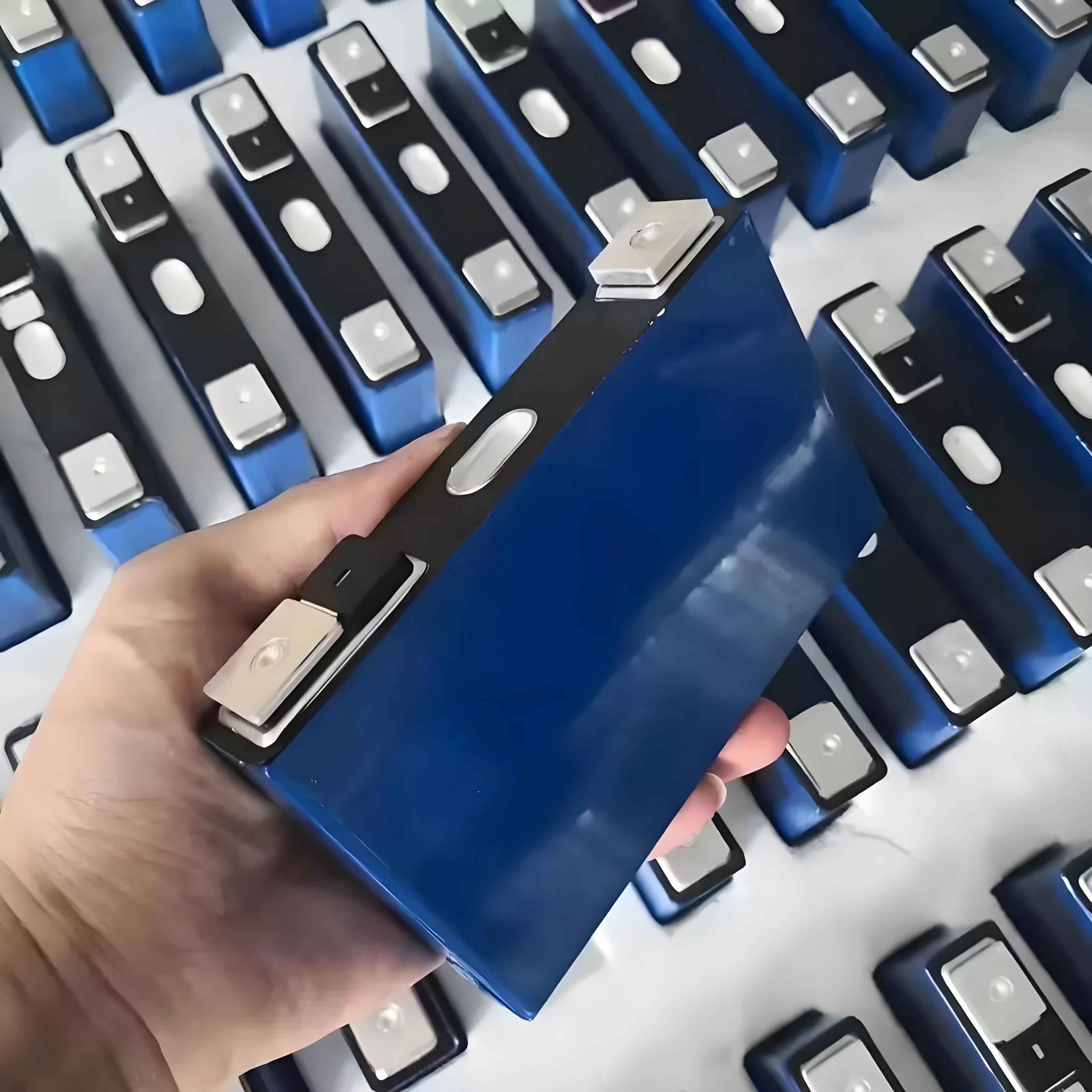The growing demand for renewable energy solutions and electric vehicles has spurred significant interest in LiFePO4 batteries, or Lithium Iron Phosphate batteries. These batteries offer numerous advantages, including safety, long cycle life, and environmental benefits. However, the success and sustainability of LiFePO4 battery is closely tied to the supply chain and market dynamics of their key materials. This article delves into the intricacies of the supply chain and market trends for LiFePO4 battery materials.

Key Materials in LiFePO4 Battery
LiFePO4 battery composed of several critical materials, each playing a vital role in the battery’s performance and overall functionality. These materials include:
- Lithium: Used in the battery’s anode, lithium is essential for the battery’s energy storage capabilities.
- Iron: A key component of the cathode, iron contributes to the stability and safety of the battery.
- Phosphate: Paired with iron in the cathode, phosphate enhances the battery’s thermal stability.
- Graphite: Often used in the anode, graphite aids in the battery’s energy density and efficiency.
Supply Chain Overview
The supply chain for LiFePO4 battery materials involves multiple stages, from raw material extraction to battery manufacturing. Understanding this supply chain is crucial for ensuring the availability and cost-effectiveness of these batteries.
- Raw Material Extraction: The initial stage involves mining and extracting lithium, iron, and phosphate from natural resources. Lithium is primarily extracted from spodumene ore and lithium-rich brine sources. Iron is obtained from iron ore, while phosphate is mined from phosphate rock deposits.
- Refinement and Processing: Once extracted, these raw materials undergo refinement and processing to achieve the required purity levels for battery production. This stage is critical for ensuring the quality and performance of LiFePO4 battery.
- Material Synthesis: The refined materials are then synthesized into the specific compounds needed for battery manufacturing. For example, lithium iron phosphate (LiFePO4) is synthesized from lithium, iron, and phosphate.
- Battery Manufacturing: The synthesized materials are assembled into LiFePO4 battery through a series of processes, including electrode fabrication, cell assembly, and battery pack integration.
- Distribution and Supply: The finished LiFePO4 battery distributed to various end-users, including electric vehicle manufacturers, renewable energy storage providers, and other industrial applications.
Market Dynamics
The market dynamics of LiFePO4 battery materials are influenced by several factors, including supply and demand, geopolitical considerations, technological advancements, and regulatory policies.
Supply and Demand
The demand for LiFePO4 battery is driven by the rapid growth of the electric vehicle market and the increasing adoption of renewable energy storage solutions. As a result, the demand for lithium, iron, and phosphate is expected to rise significantly.
| Material | Current Demand | Projected Demand (2030) | Key Drivers |
|---|---|---|---|
| Lithium | High | Very High | Electric vehicles, energy storage |
| Iron | Moderate | High | Battery production, industrial uses |
| Phosphate | Moderate | High | Battery production, agriculture |
Geopolitical Considerations
Geopolitical factors play a crucial role in the supply chain of LiFePO4 battery materials. Countries with abundant lithium, iron, and phosphate resources, such as Australia, Chile, and China, have a strategic advantage in the global market. Trade policies, export restrictions, and international relations can significantly impact the availability and cost of these materials.
Technological Advancements
Advancements in mining, refining, and battery manufacturing technologies can enhance the efficiency and sustainability of the supply chain for LiFePO4 battery. Innovations in recycling and alternative material sources also hold promise for reducing dependency on traditional raw materials and mitigating supply chain risks.
Regulatory Policies
Government policies and regulations related to environmental protection, mining practices, and renewable energy incentives can influence the market dynamics of LiFePO4 battery materials. Policies promoting sustainable mining and material sourcing can drive the adoption of best practices and improve the overall sustainability of the supply chain.
Challenges and Opportunities
Challenges
- Resource Scarcity: The availability of high-quality lithium, iron, and phosphate resources is limited, posing a challenge to meeting the growing demand for LiFePO4 battery.
- Environmental Impact: Mining and processing activities can have significant environmental impacts, including habitat destruction, water pollution, and carbon emissions.
- Geopolitical Risks: Dependence on a few key countries for raw materials exposes the supply chain to geopolitical risks and trade disruptions.
Opportunities
- Recycling and Reuse: Developing efficient recycling technologies for LiFePO4 battery can help recover valuable materials and reduce the need for new raw material extraction.
- Alternative Materials: Research into alternative materials and battery chemistries can diversify the supply chain and reduce dependency on traditional resources.
- Sustainable Practices: Implementing sustainable mining and processing practices can mitigate environmental impacts and enhance the long-term viability of the supply chain.
Conclusion
The supply chain and market dynamics of LiFePO4 battery materials are critical to the success and sustainability of LiFePO4 battery. As the demand for electric vehicles and renewable energy storage solutions continues to grow, ensuring a stable and sustainable supply of lithium, iron, and phosphate becomes increasingly important. By addressing the challenges and leveraging the opportunities in the supply chain, we can support the widespread adoption of LiFePO4 battery and contribute to a more sustainable and energy-efficient future.
Key Points to Remember
- LiFePO4 battery rely on key materials such as lithium, iron, and phosphate.
- The supply chain involves stages from raw material extraction to battery manufacturing and distribution.
- Market dynamics are influenced by supply and demand, geopolitical considerations, technological advancements, and regulatory policies.
- Challenges include resource scarcity, environmental impact, and geopolitical risks.
- Opportunities lie in recycling, alternative materials, and sustainable practices.
Understanding and optimizing the supply chain and market dynamics of LiFePO4 battery materials is essential for the continued growth and success of LiFePO4 battery in various applications.
